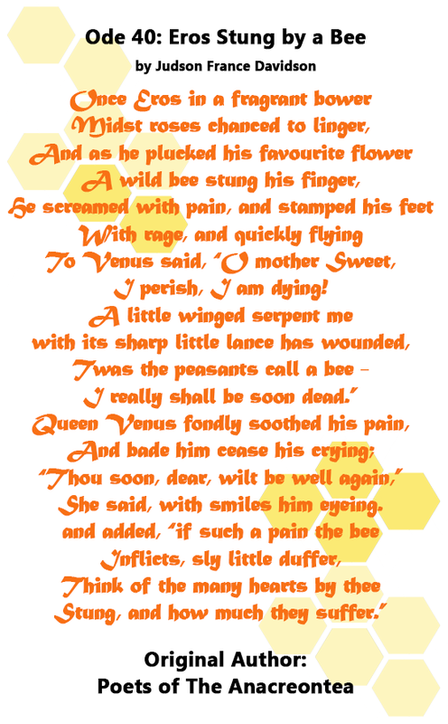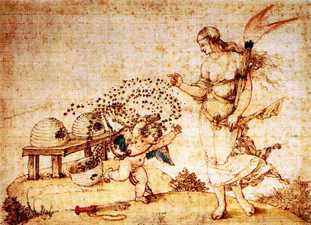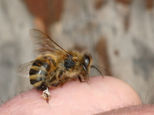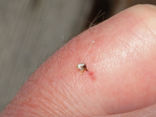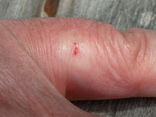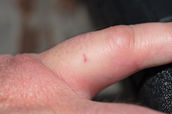Bee Stings: From Sting to Science
How does bee venom therapy work?
|
Bee venom is produced in a special sac found inside the worker bees. Its function is to protect the colony from predators. The queen bee produces bee venom also, but uses it mostly to kill her growing competitors. Bee venom is very unique in its composition and is very different from that of other insects, so anyone who has an allergy to wasps, yellow jackets, or other insects may not be allergic to bee venom.
Bees and their Stings: In Depth A honey bee that is away from the hive foraging for nectar or pollen will rarely sting, except when stepped on or roughly handled. Again, their sting is almost always used as a defense when a bee senses danger to the hive. Honey bees will actively only seek out and sting when they perceive the hive to be threatened, being alerted to this by the release of attack pheromones released by other bees from the hive. On some occasions honeybees will sting sick or wounded humans or animals who may be a danger to the livelihood or ecosystem of the hive. Honeybees can target where a person or animal is hurt and will sometimes instinctively sting sick individuals.* Sting Me Once... Although it is widely believed that a worker honey bee can sting only once, this is a partial misconception: the stinger is in fact barbed so that it becomes lodged in the victim's skin, tearing loose from the bee's abdomen and leading to its death in minutes. However, this only happens if the skin of the victim is sufficiently thick, such as a mammal's. Honey bees are the only hymenoptera with such a strongly barbed sting, though yellow jackets and some other wasps have small barbs.* Reactions to Bee Stings
Most bee sting reactions in mammals are mild. Redness, swelling, and itching is the most common reaction to the sting of a honeybee. For more information on bee sting reactions among humans, click here: Bee Venom Reactions. The main component of bee venom responsible for pain is the toxin melittin; histamine and other biogenic amines may also contribute to the pain and itching that many people experience. These are the key aiding factors of bee venom in addition to it's natural proteins and peptides. *
(*images and excerpts taken from Wikipedia Article: bee stings) Below is a chart depicting the full list of components found in bee venom.
|
|
|

